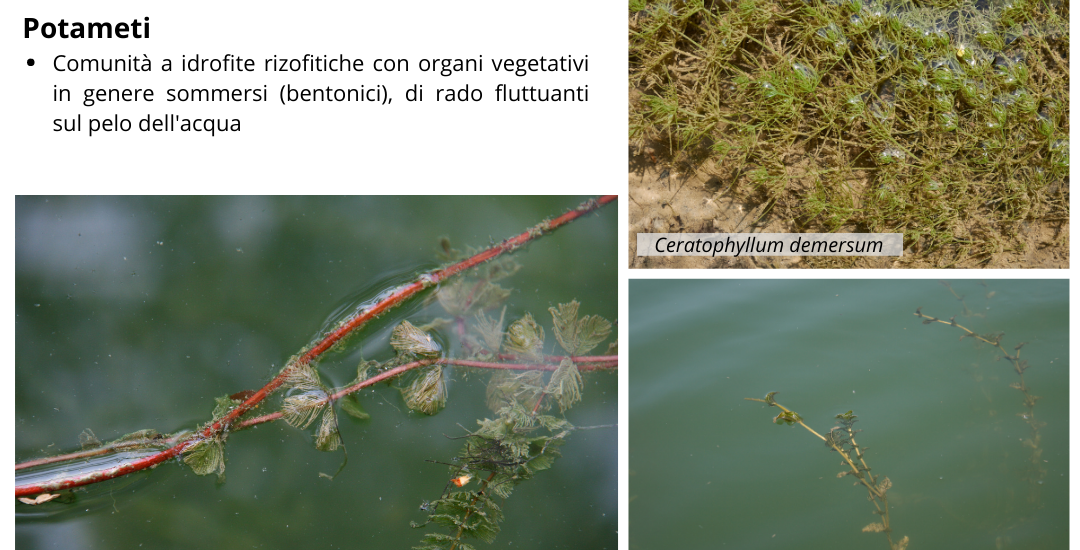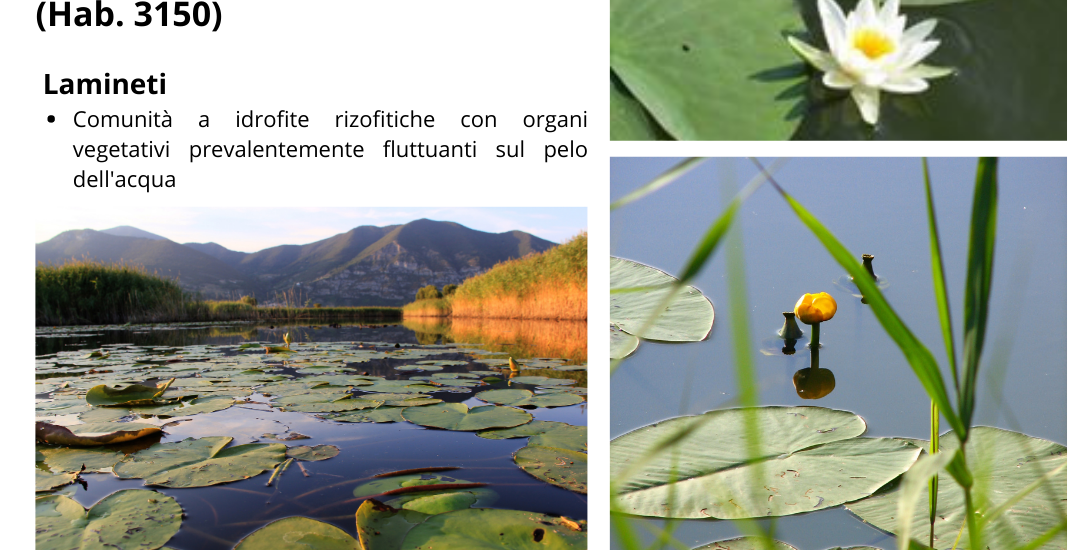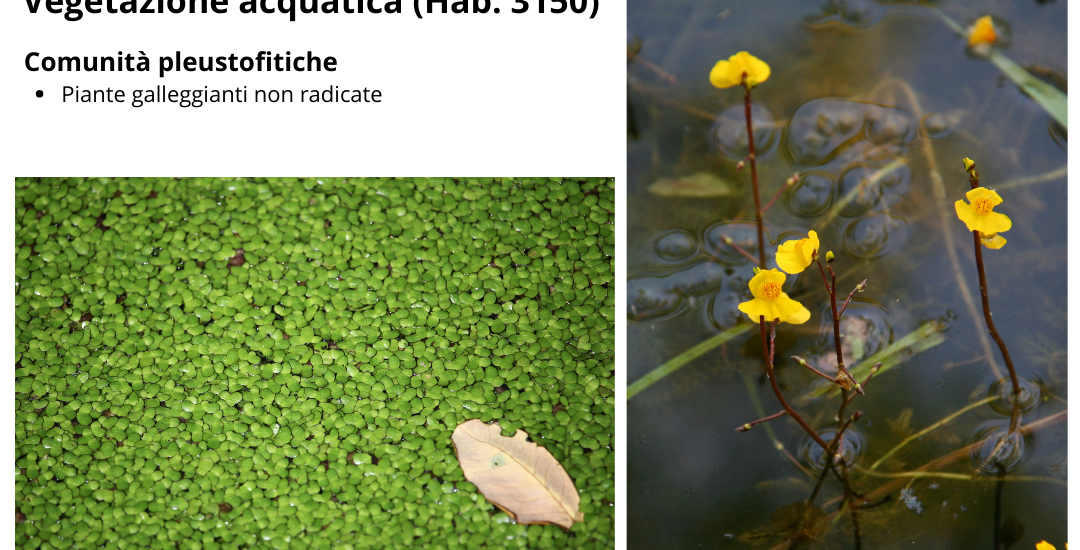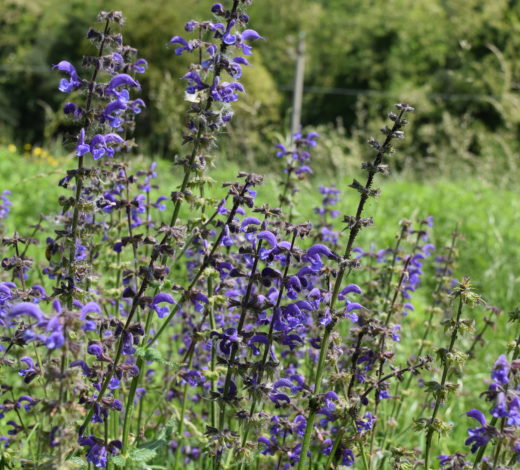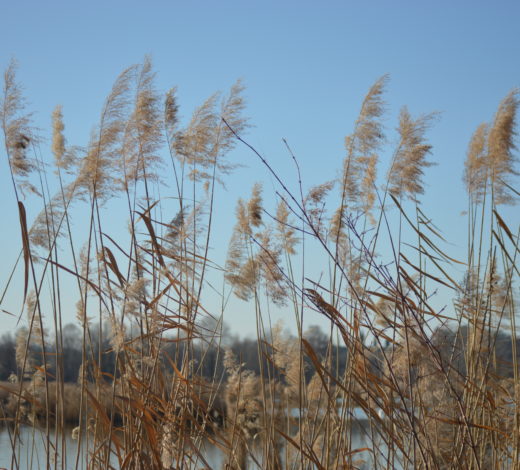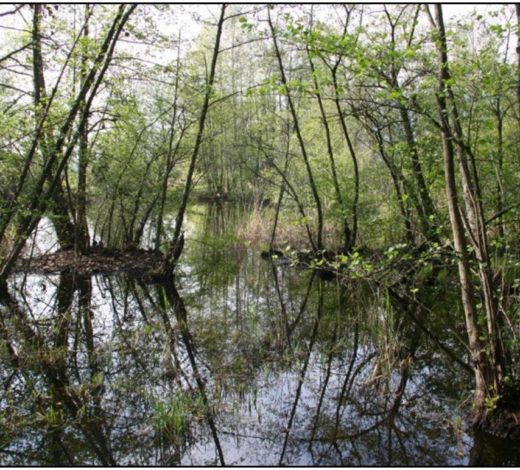Open Bodies of Water
The open bodies of water consist of large expanses of water partially covered by floating vegetation. Sometimes they seem sparsely populated but in reality, much of the life is found underwater.
Underwater Aquatic Vegetation
The Reserve hosts specific underwater vegetation consisting not only of algae but also of higher-order plants that rarely break through the surface. The fish in the Reserve find food and shelter among these plants, but so do hundreds of species of invertebrates (molluscs and arthropods) and plankton suspended in the water, which forms the basis of the entire food chain.
Moorhens, mallards, swans, and many other birds feed on the grasses at the bottom. Unfortunately, these species are currently declining in the Reserve due to various exotic animals, which are creating serious problems for the native vegetation and fauna. The most harmful for animals is the large and aggressive wels catfish, while nutria and American turtles are harmful to vegetation; the Louisiana crawfish affects both flora and fauna.
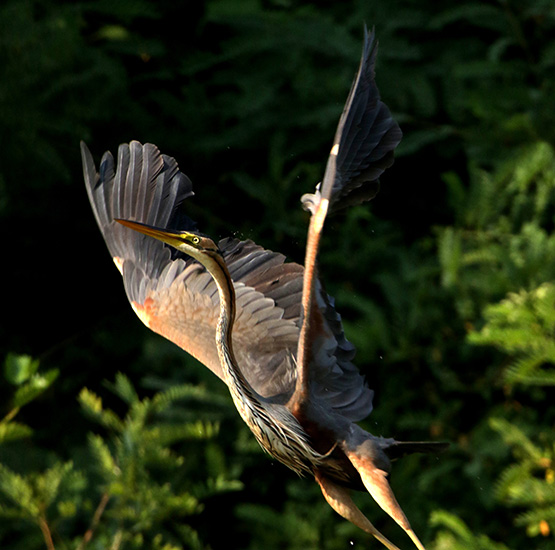
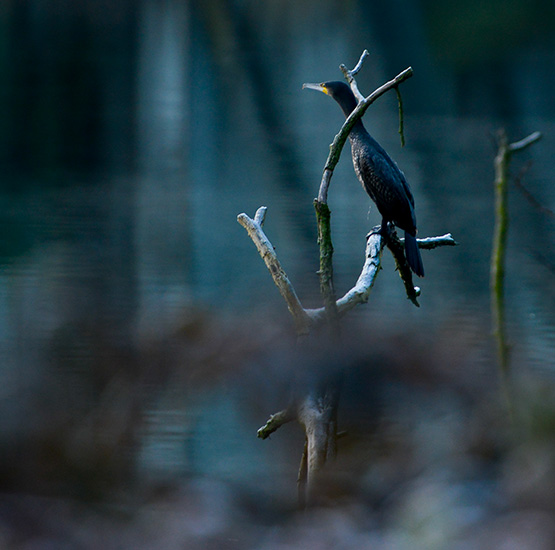
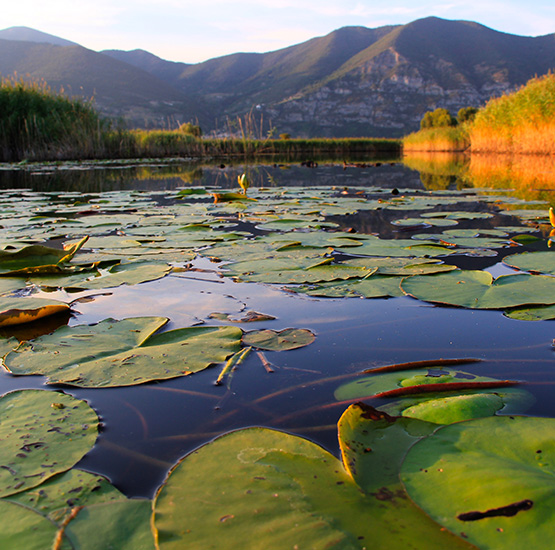
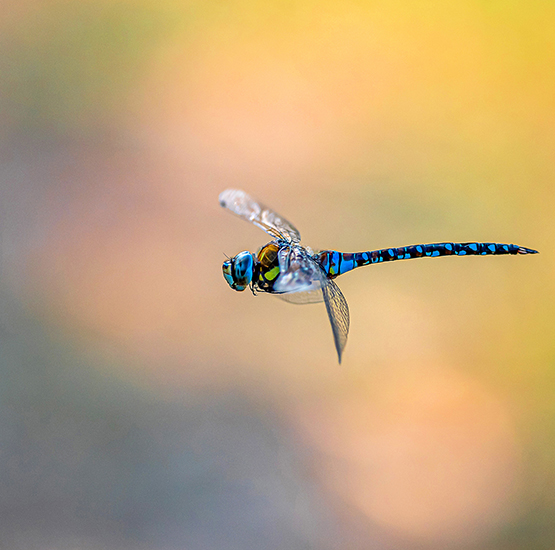
Floating Aquatic Vegetation
There are also floating species of plants whose roots are not anchored to the bottom, such as common duckweed (Lemna minor and L. minuta) and the very rare bladderwort (Utricolaria australis), which can catch and digest small animals suspended in the water.
Surface Plants
Finally, there are the surface plants, consisting mostly of yellow water lilies (Nuphar luteum) and a residual population of white water lilies (Nuphar alba). Unfortunately, the white water lily has been in serious decline for several years due to excessive amount of pollutants and the above-mentioned exotic animals.
The carpet of water lilies provides support and shelter for many birds, and they form an essential environment for the Reserve. The birds that frequent this habitat include all species of herons — nine of which are found in the peat bogs — moorhens, grebes, and common gulls. Surface plants are also frequented by a large number of insects — of which the dragonflies are the most striking — and various fish, which use them for shelter from predators and to find shade in summer.
